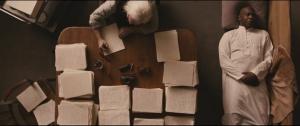Frankfurt School: Characteristics and Representatives of Critical Theory
The designation Frankfurt school brings together the production of a series of weighers who began their studies around Marxist theory to, later, make a critical reflection on industrialized societies.
Its members met at the Institute for Social Research at the University of Frankfurt created in 1924.
The interdisciplinary school encompasses studies ranging from social and economic to cultural aspects. With it, the concept of reason and traditional theory are put into crisis, to give way to what is known as critical theory. But what is critical theory? What is the object of study of the school? Who are the main representatives?
Source
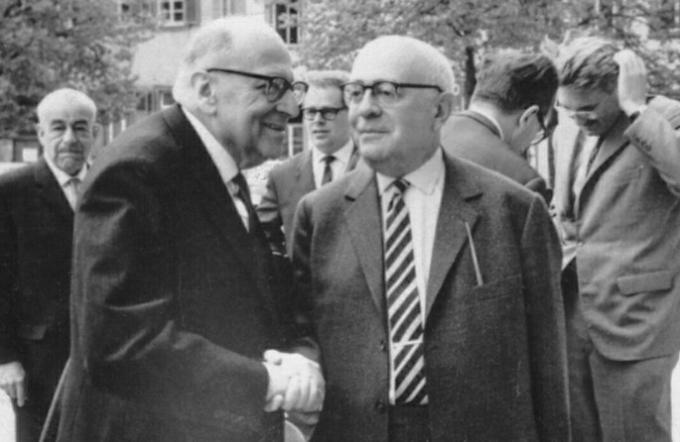
In 1924 the Social Research Institute attached to the University of Frankfurt arose under the direction of Carl Grünberg until 1931, the year in which Max Horkheimer took over.
In this research center, with a Marxist orientation, the philosophers that, in the 1960s, would come to be known as the “Frankfurt School” are trained.
At first, the influences of Hegel and Heidegger stand out, also that of Marx and Freud. However, over time, they reject some theories of these thinkers, even criticizing classical Marxism. Little by little, the object of study of the school expands towards the cultural industry.
Transfer to the United States
With Hitler's rise to power, the members of the Institute have to leave Germany, most of them migrating to the United States. It is in 1934 when a research center associated with Columbia University is created, from where they continue their research. It was not until the 1950s that the school was able to return to Germany, where the original headquarters were.
School object of study
The Frankfurt School focuses on two main interests. On the one hand, it aims to critique developed industrial societies. This analysis will be interdisciplinary, since it covers not only the political aspect, but also the economic one and that of the cultural industries.
In a first stage, a reformulation of Marxism is carried out under a new paradigm and with a reflection of society and the processes that make it up.
Later, after the Second World War, among the topics of interest of the school appears that of the influence of the media in society. At the same time, "individual freedom" is highlighted in democratic societies.
Thus, the members of the school seek to develop a society of conscientious individuals with a critical spirit. For this, they are committed to denouncing all forms of oppression in force in modern societies, whether socialist or capitalist.
On the other hand, they criticize the conception of prior knowledge and seek to break with traditional theory. To do this, they call this new form as critical theory.
Critical theory
Critical theory is the doctrine that is developed in the Frankfurt School by a group of thinkers and that, in a way, comes to oppose traditional theory.
One of the writings that talk about the differences between the two theories is the essay published by Horkheimer, Traditional theory and critical theory (1937), where he questioned, among other things, the claim of "neutrality" of the traditional theory.
While traditional theory tries to provide an abstract description of the world, alien to reality. Critical theory seeks an analysis, the unmasking of ideologies and the transformation of the world. So, these are some general features of critical theory:
- Philosophers of critical theory argue that there is no impartiality. That is, despite the possible facade of objectivity defended by traditional theory, this is nothing more than an appearance that actually hides ideological interests.
- It does not abide by the principle of "no valuation" and objectivity, previously defended in traditional theory. On the contrary, it seeks the emancipation of the human being that leads him to the "liberating praxis".
- All knowledge is determined by historical, social and economic intercessions. That is, a theory cannot be alien to the social, historical or economic context from which it has emerged.
Representatives of critical theory
The Frankfurt school is usually classified into two, and even up to three generations. These are some of the most representative researchers of the first and second generation.
First generation
Max horkheimer
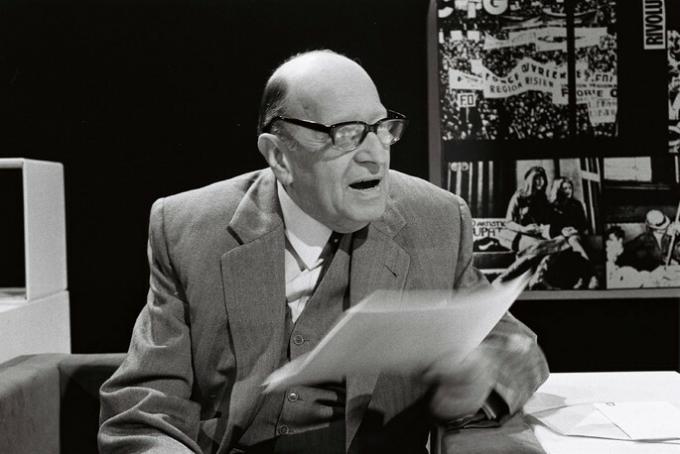
He was a German philosopher and sociologist, one of the most representative names of the Frankfurt School. Horkheimer had to leave Germany with the arrival of Nazism.
He later lived in the United States, although he returned to his homeland after the end of World War II. His work was linked to the study of instrumental reason, mass culture and consumer society. Among his most relevant works are: Critique of instrumental reason (1947) Society, reason and freedom (1954-1966), Dialectic of Enlightenment (1944) and Traditional theory and critical theory (1937).
Theodor W. Ornament
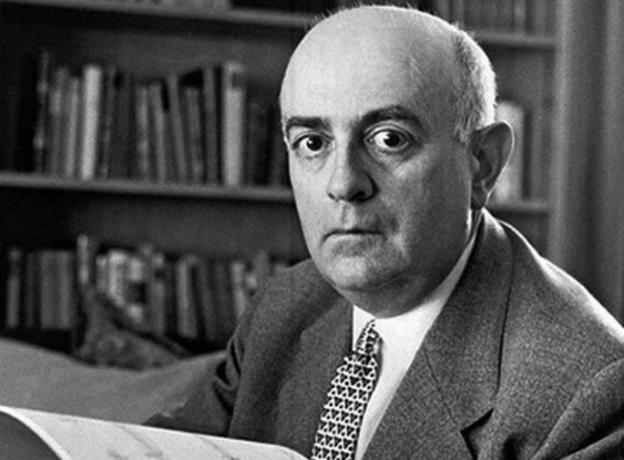
He was, along with Horkheimer, one of the greatest exponents of the Frankfurt School and critical theory. With the irruption of totalitarianism in Europe, Adorno also had to go into exile to the United States. One of Adorno's great concerns was the expansion of the media and how they influenced society. Among his most outstanding works is Dialectic of Enlightenment (1944), Negative Dialectic Y Aesthetic Theory (1966).
Hebert marcurse
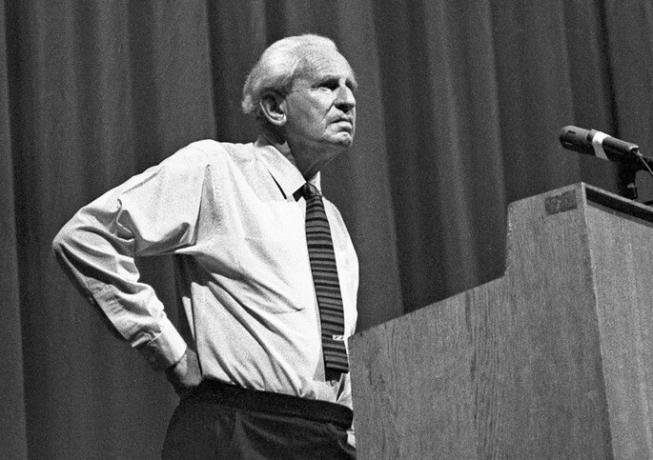
Hebert Marcuse (1898-1979) was a Jewish family philosopher who entered the Institute for Social Research in 1933. Later, with the rise of Hitler, he went to New York.
The philosopher and sociologist made a critique of what he called "one-dimensional society." That is, the one that has managed to dilute all criticism. Closed societies that only know a single dimension of reality.
Likewise, Marcuse also analyzed some mechanisms of repression in advanced societies. Among his works are: Reason and evolution (1934), Eros and civilization (1953) and The one-dimensional man (1964).
Erich fromm
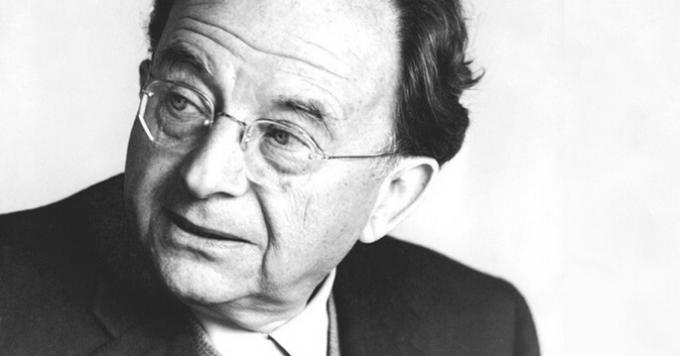
He was a German psychologist and philosopher linked to the Frankfurt School during its early stage. However, he later dissociated himself from it by presenting interpretative differences with Freudian theory. Erich Fromm focused on the critical study of Western societies and the condition of the individual in them. Among his most outstanding works are: The art of Loving (1956), Be or have (1976) or Fear of freedom (1941).
You may also like: Book The Art of Loving by Erich Fromm
Second generation
Jurgen Habermas
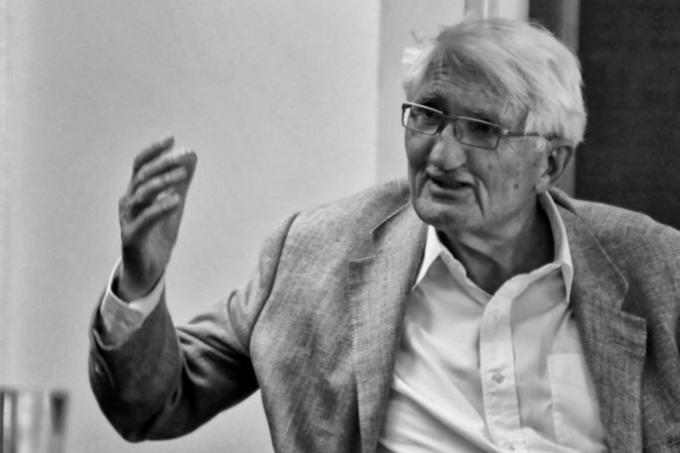
Jürgen Habermas (1929-) is a German philosopher, framed within the so-called Second generation of the Frankfurt School. He collaborated at the Institute for Social Research and was Adorno's assistant. He also tried to develop a critical theory to subject developed capitalist societies to analysis.
Among his works are: Logic of the social sciences (1967), Theory of Communicative Action (1981) and The philosophical discourse of modernity (1985).

